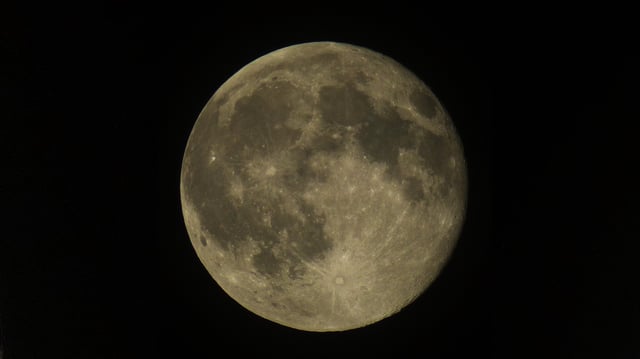Overview
- October’s full moon peaked at 11:48 p.m. ET on Oct. 6, marking the first supermoon of 2025 and the global spectacle was widely photographed.
- The moon’s proximity to perigee made it appear up to about 14% larger and roughly 30% brighter than the smallest full moon of the year, per NASA.
- The next supermoons are slated for Nov. 5 (Beaver Moon) and Dec. 4 (Cold Moon), with coverage noting another expected in January 2026.
- The October full moon qualifies as the Harvest Moon because it is the one closest to the September equinox, a timing that is less common in October.
- Stronger-than-usual tides were reported in parts of the Southeast U.S., and bright moonlight is expected to dampen visibility for the Draconids and other near-term meteor showers.



